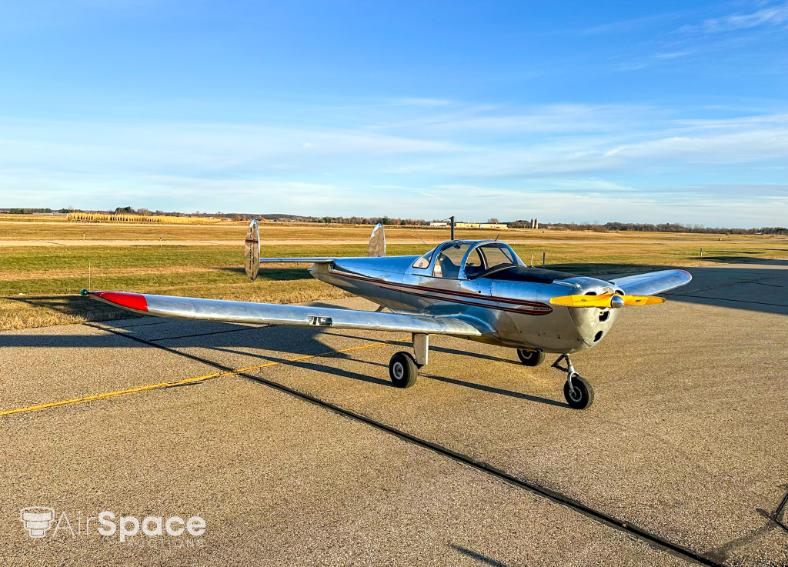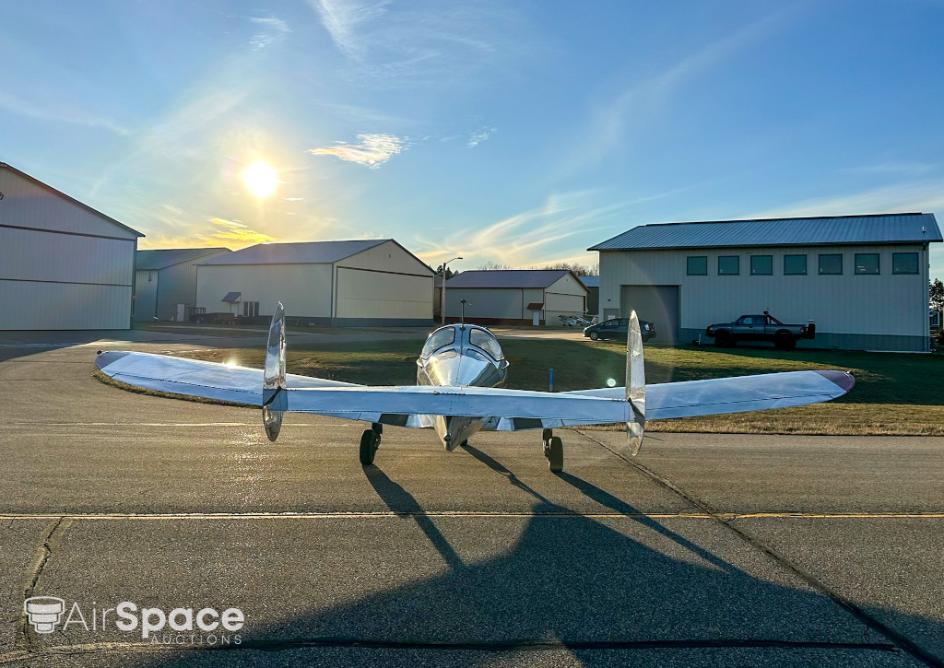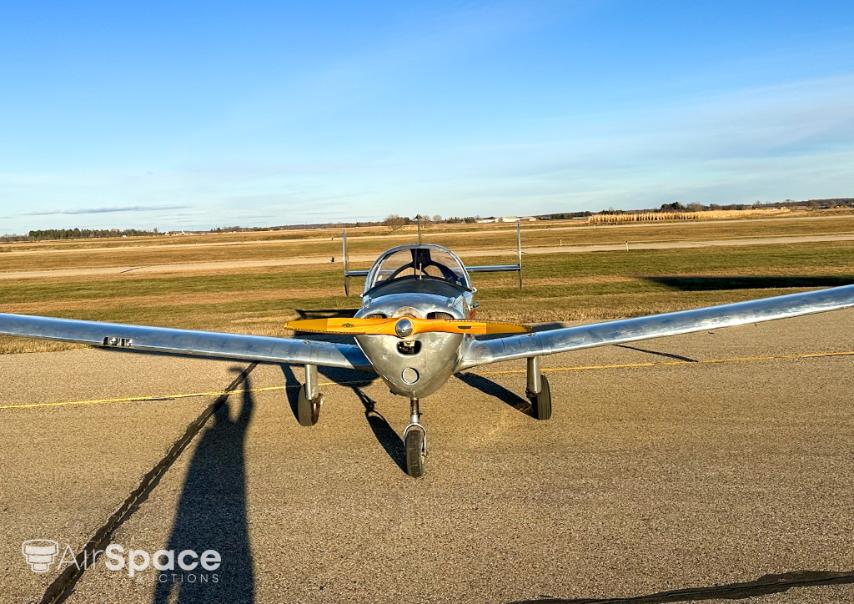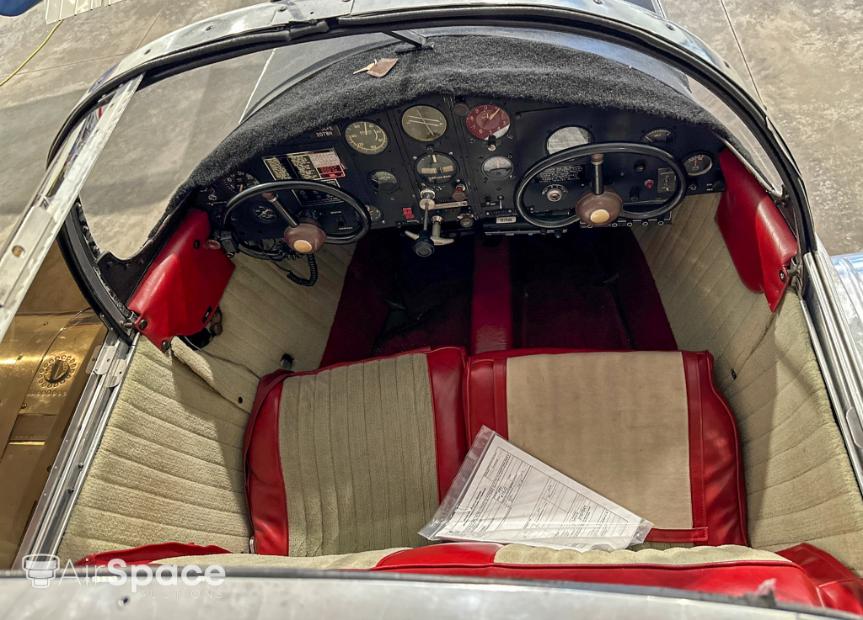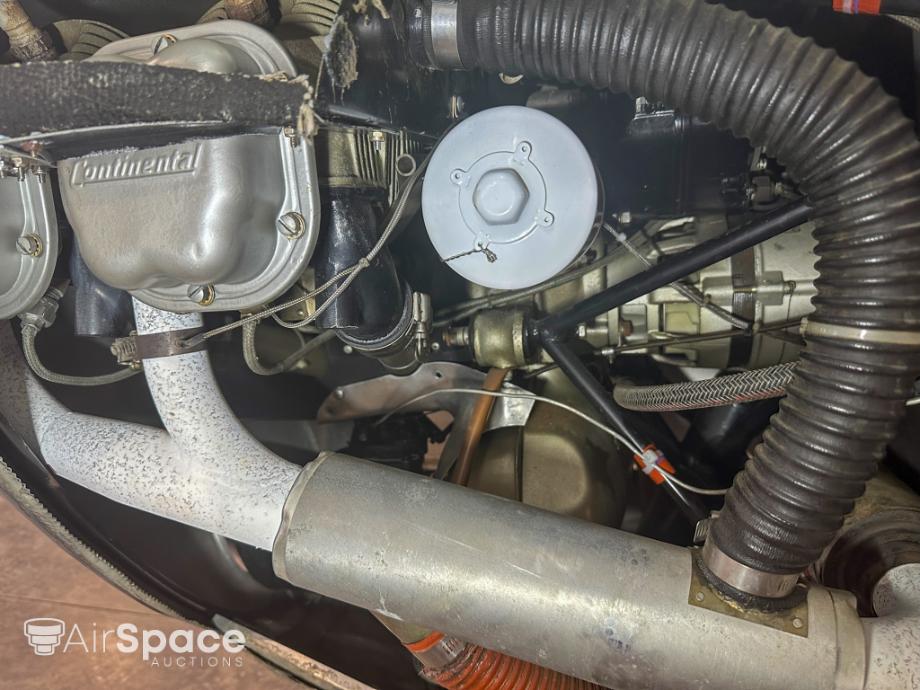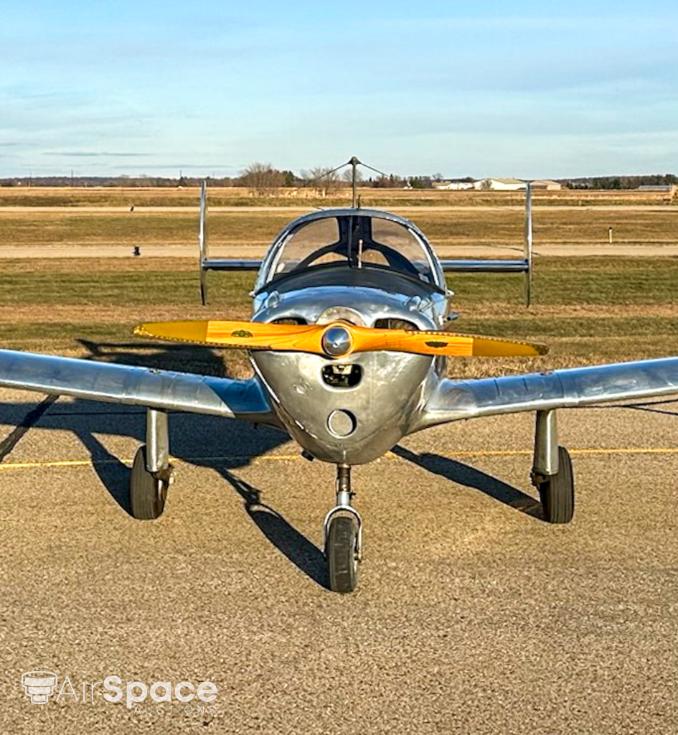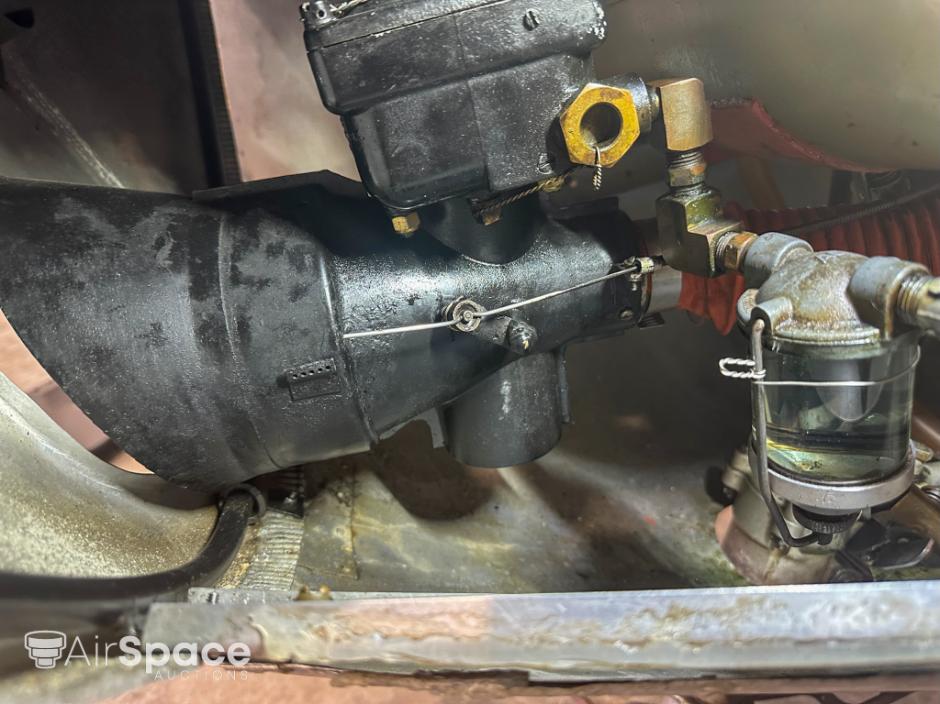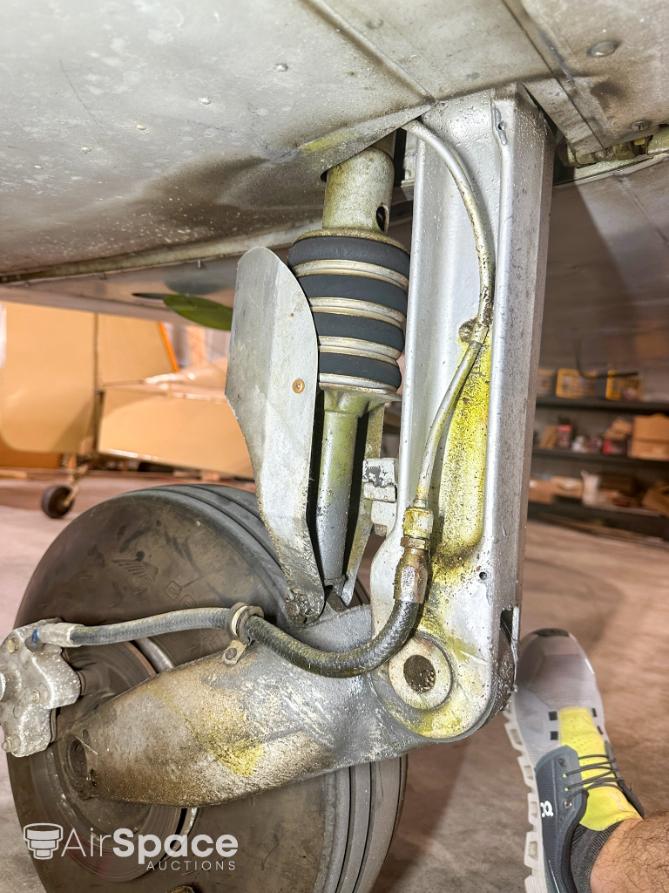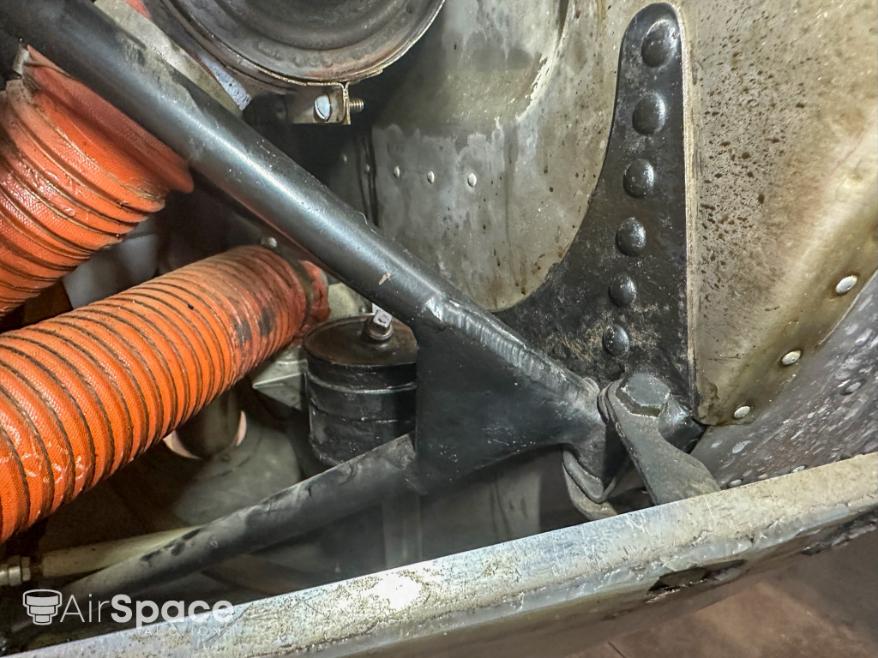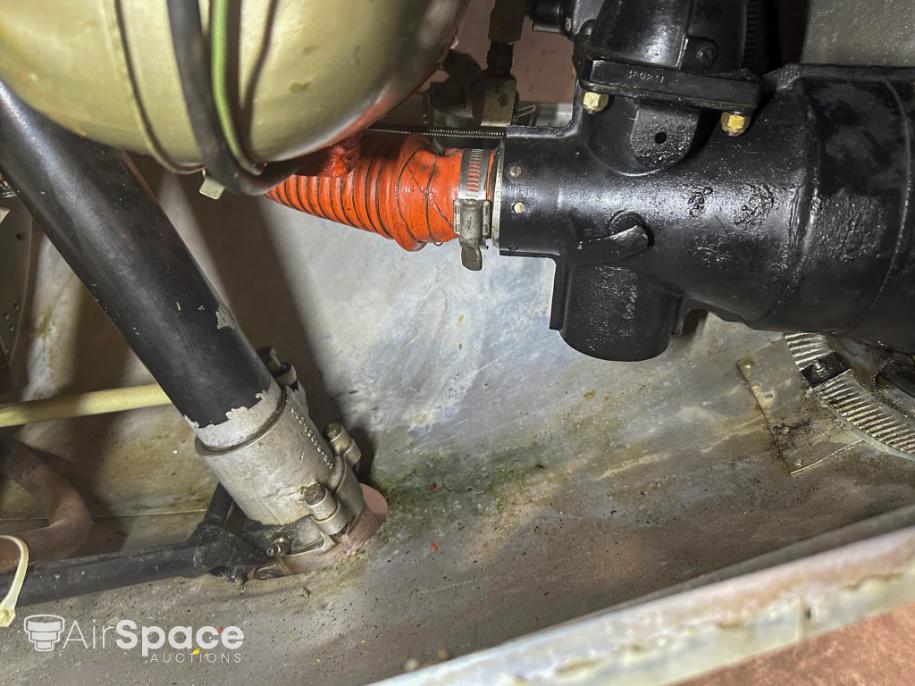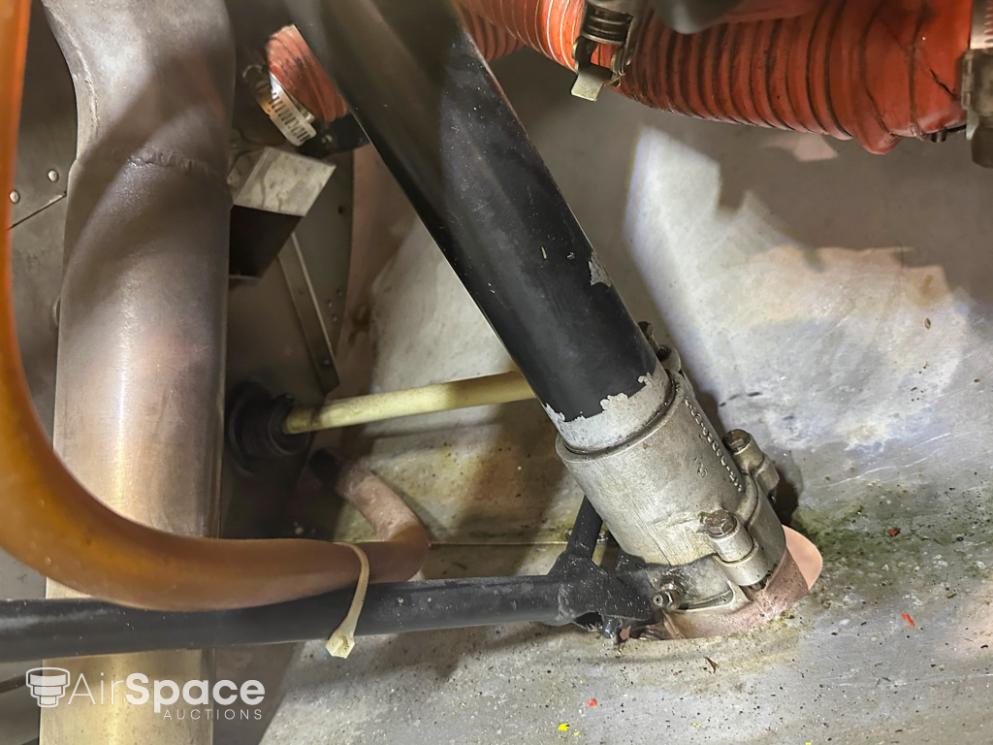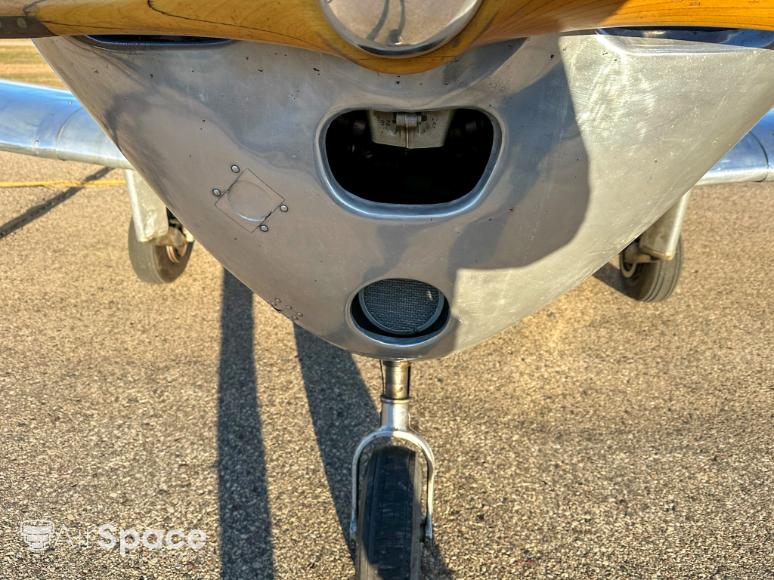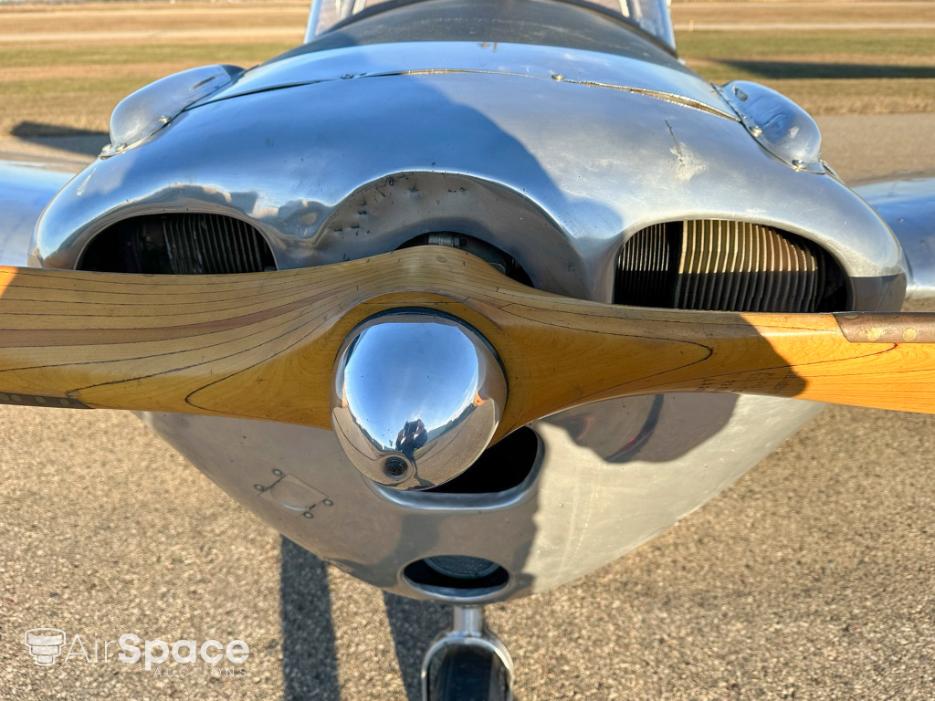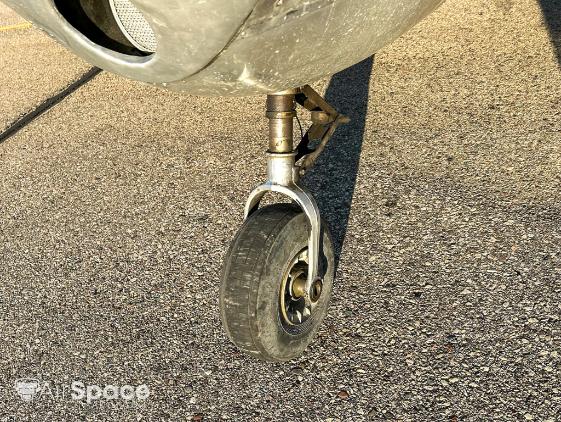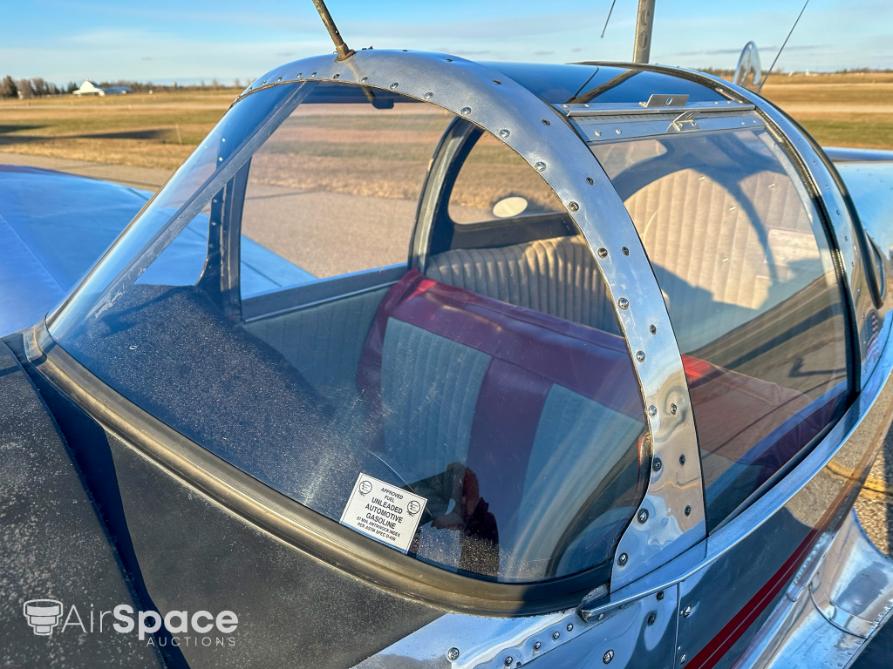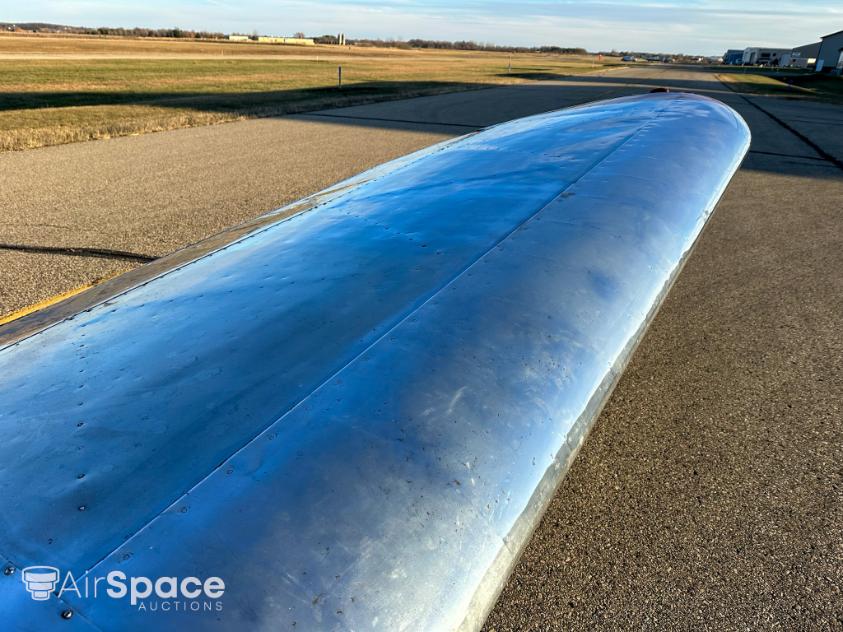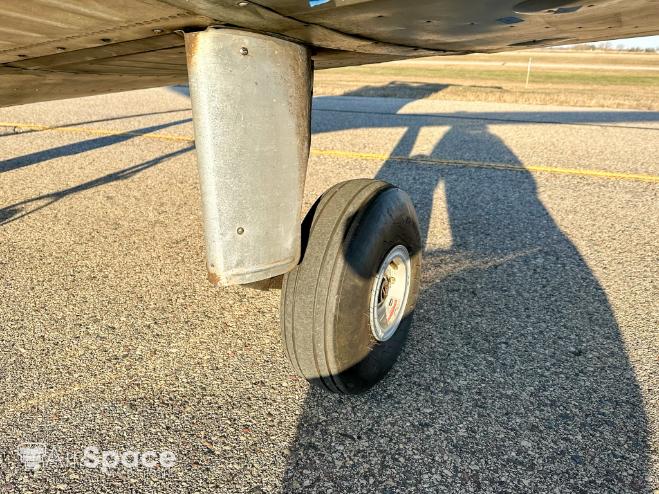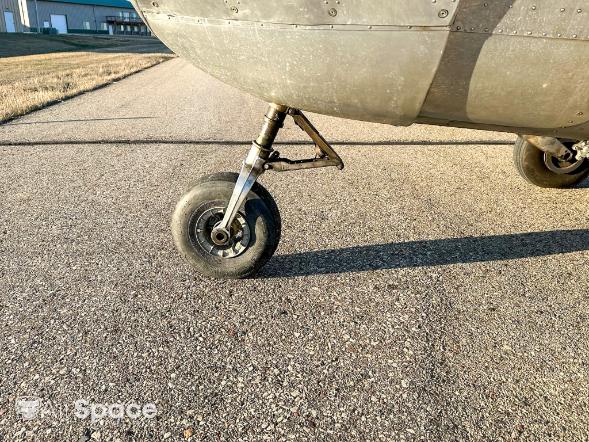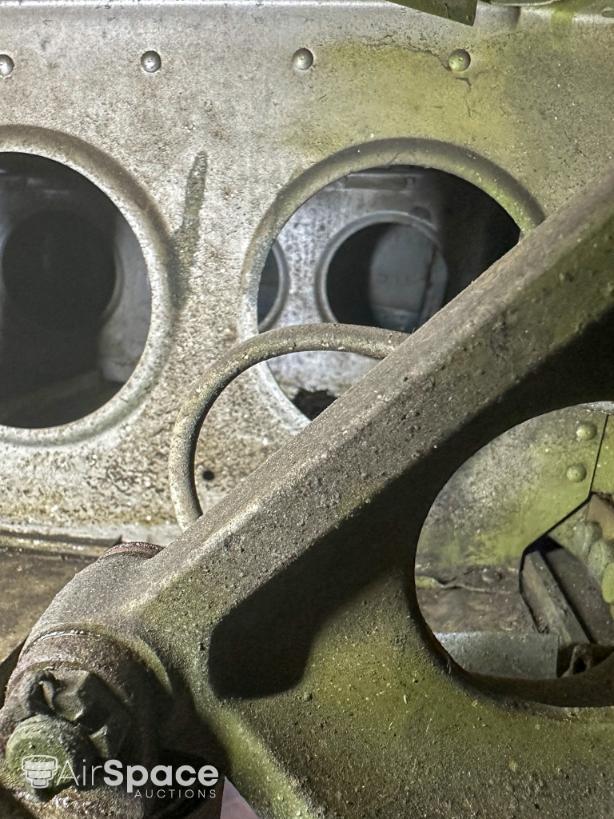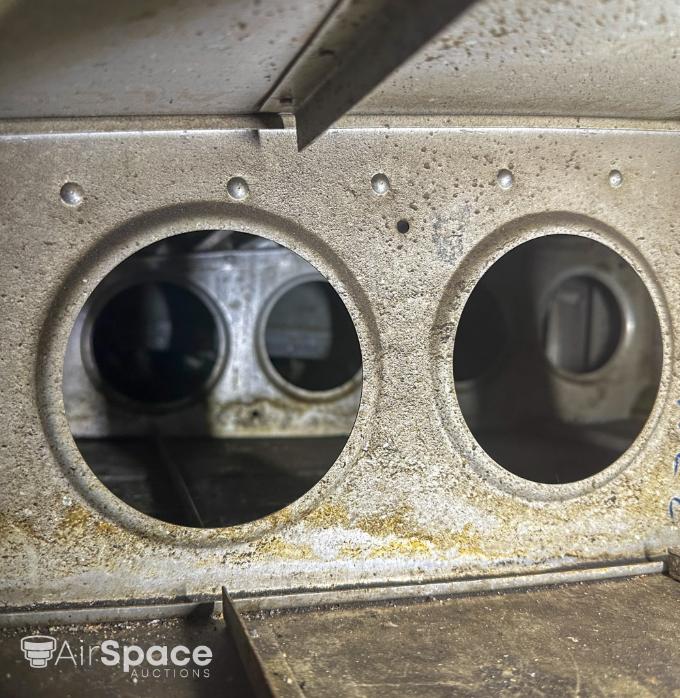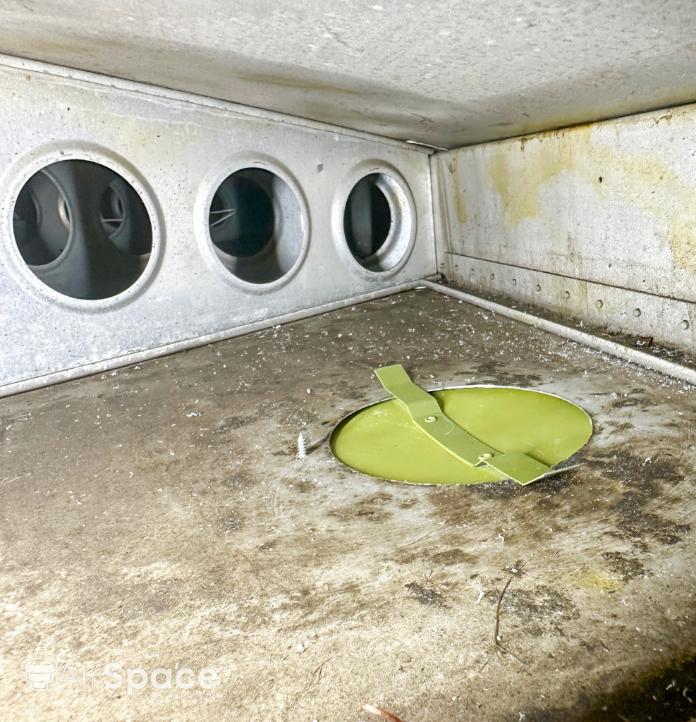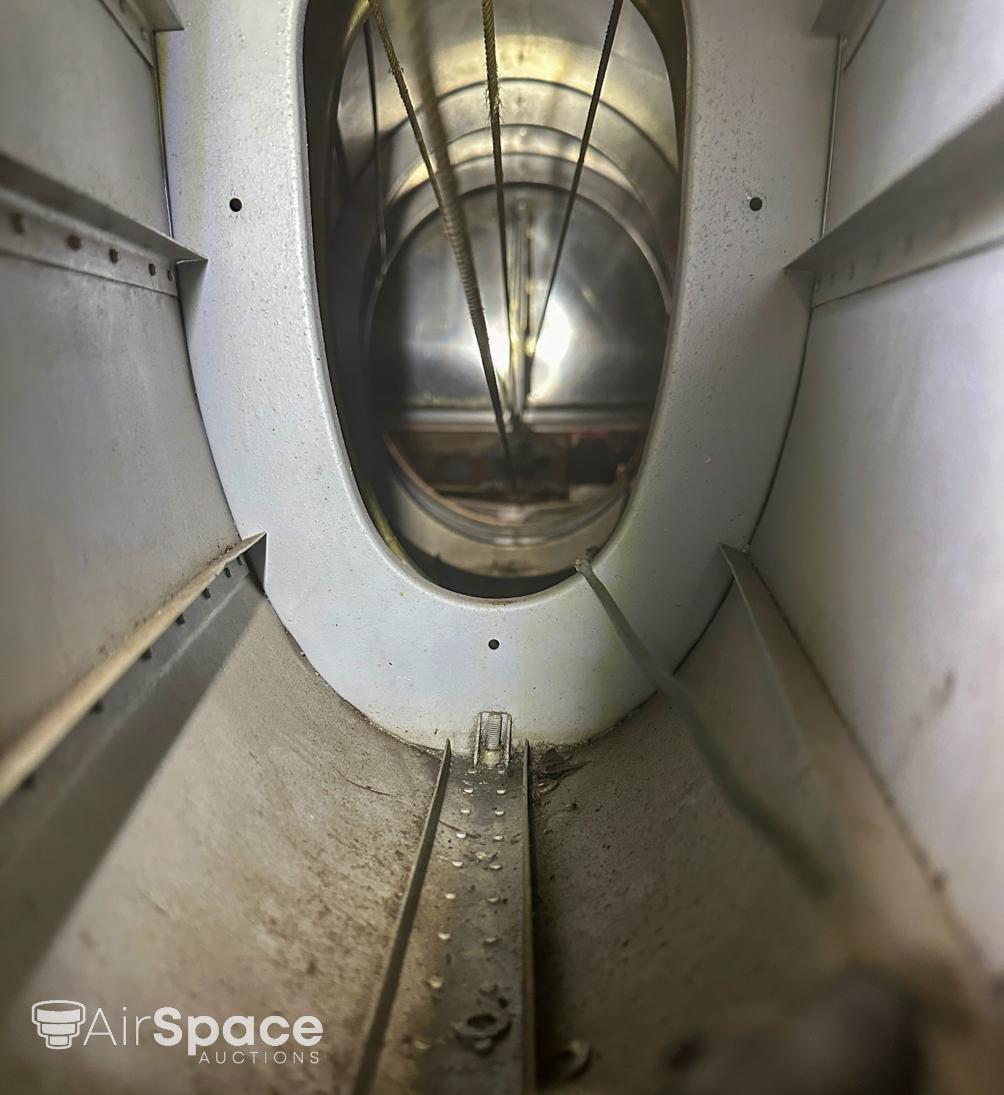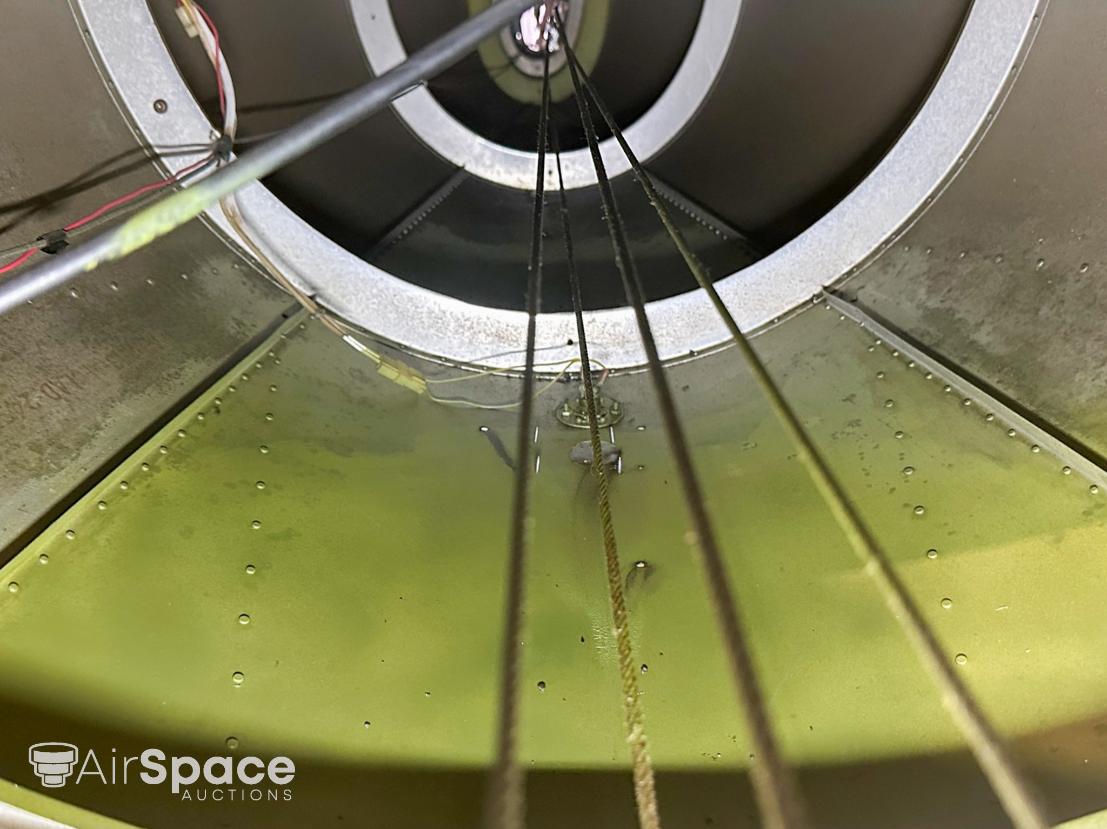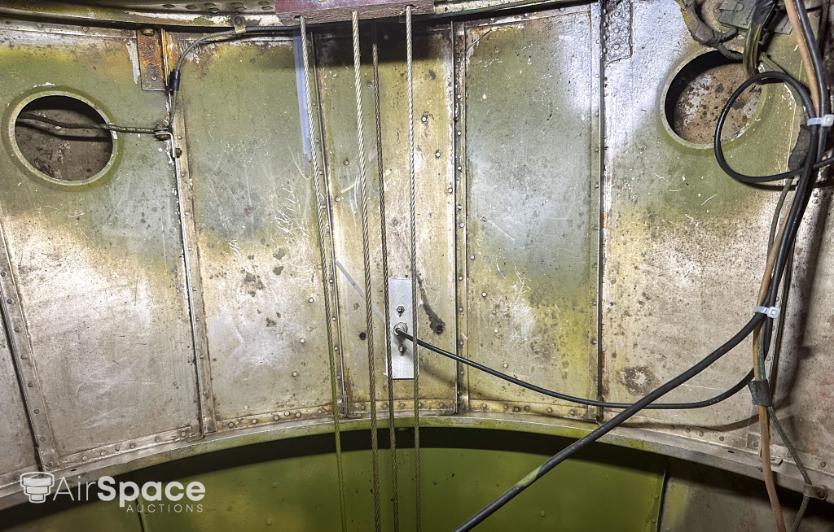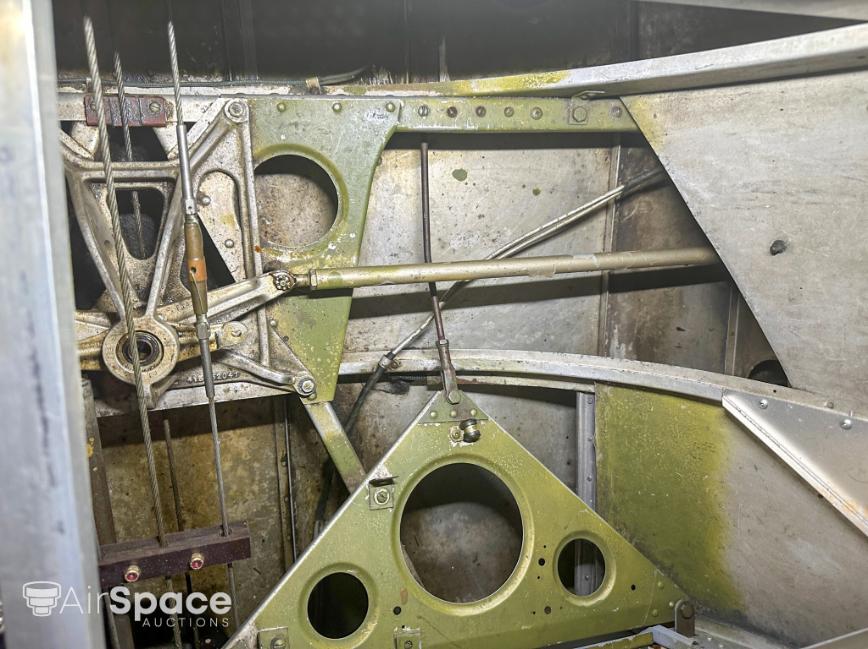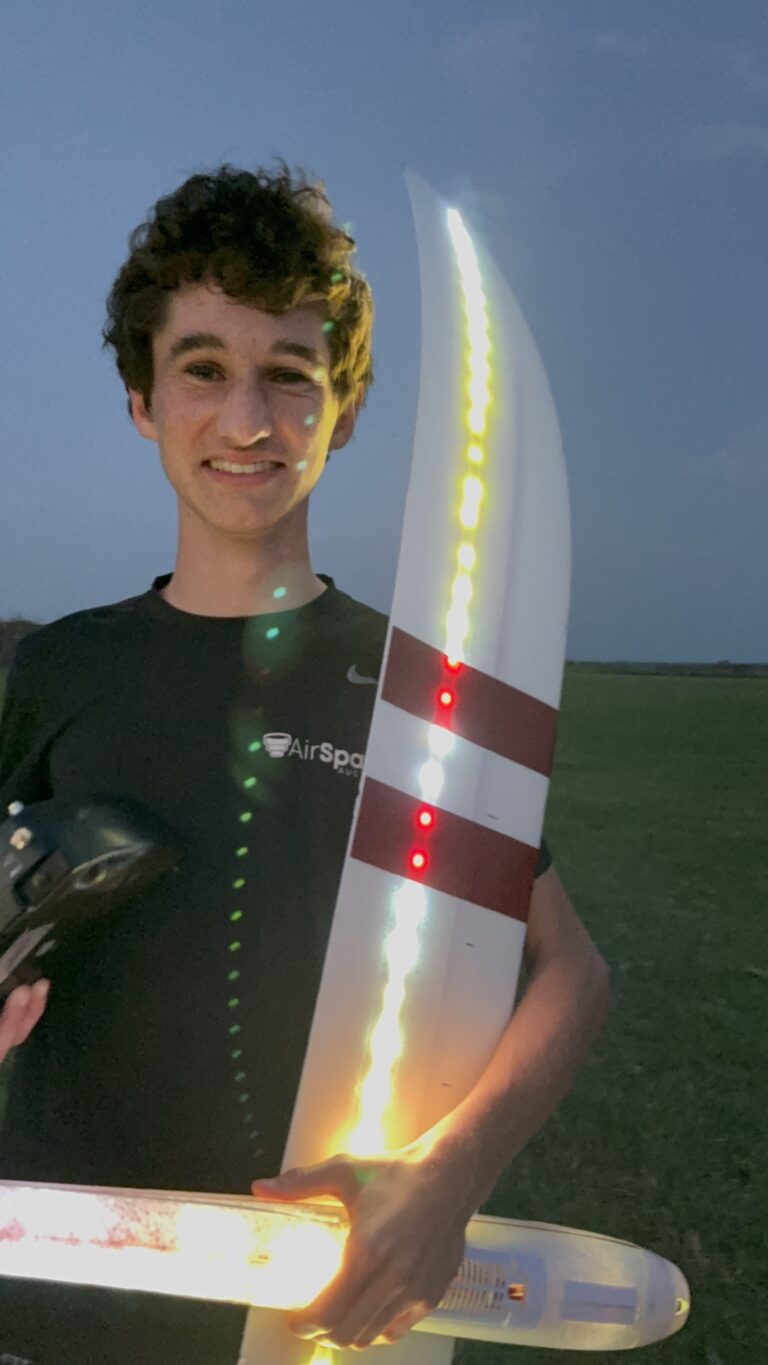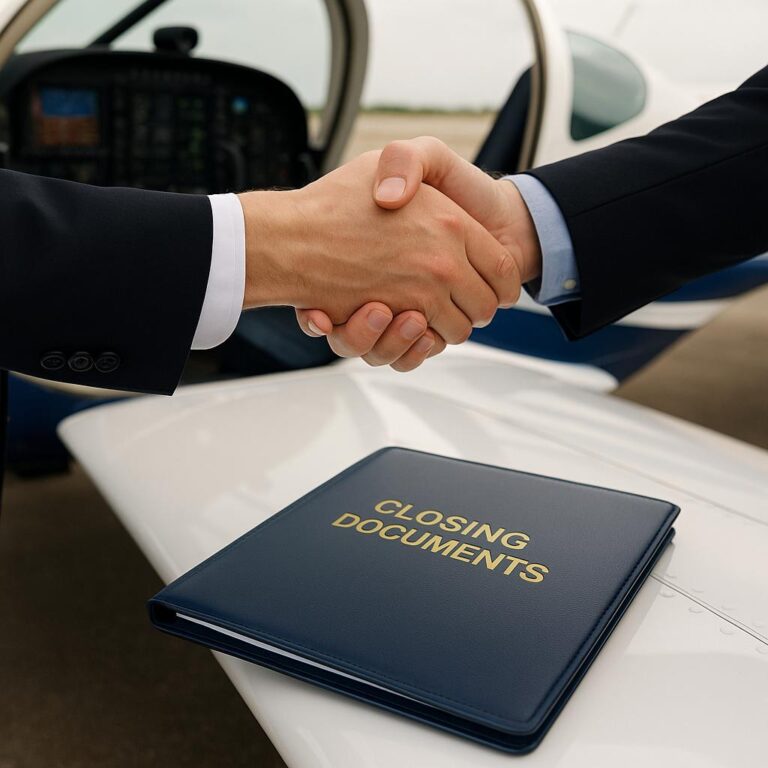Flying through History: The 1946 Ercoupe 415-C – An Easy-To-Fly Classic
1946 marked the inception of an aviation icon, the Ercoupe 415-C. This groundbreaking aircraft was designed to be affordable, user-friendly, and easy to fly. In this comprehensive blog post, we delve into the rich history of the Ercoupe, explore the specifications of the 415-C model, and highlight its upcoming auction. Join us as we soar through time, exploring a classic that defied convention and epitomized the spirit of aviation.
History of the Ercoupe
Ercoupe, short for Engineering and Research Corporation, introduced the 415-C as part of its ambitious venture to create an aircraft that anyone could fly, regardless of their experience level. The Ercoupe was a departure from traditional designs, notably featuring a lack of rudder pedals in its early models. This unique characteristic made it a standout aircraft in the aviation world.

The 415-C model, particularly the one up for auction with the registration number N2078H, is from the first production year. Built on the Ercoupe 416-C airframe, this aircraft represents a crucial chapter in aviation history when simplicity and accessibility took center stage.
Ercoupe Legacy
The Ercoupe’s legacy is deeply intertwined with the post-World War II era, a period marked by a surge in civilian aviation created by engineer Fred Weick. The Ercoupe aimed to address amateur pilots’ everyday challenges, such as the complexities of traditional aircraft controls. The revolutionary design of the Ercoupe, with its tricycle landing gear and absence of rudder pedals, made flying more approachable for individuals with varying levels of experience.

The 415-C, born in 1946, epitomizes the Ercoupe philosophy. While the initial models were designed without rudder pedals, recognizing that coordinated turns could be achieved without them, the 415-C model embraced the addition of rudder pedals, offering pilots more control and flexibility. This nuanced approach to design showcased Ercoupe’s commitment to adaptability and continuous improvement.
Easy-to-Fly Classic: A Pilot’s Dream
What truly sets the 1946 Ercoupe 415-C apart is its reputation as an easy-to-fly classic. The dual controls and retrofitted rudder pedals make it an ideal choice for novice and seasoned pilots. For those learning to fly, the forgiving nature of the Ercoupe reduces the intimidation factor often associated with piloting an aircraft. The transition to more complex aircraft becomes seamless, laying a strong foundation for pilots’ future endeavors.

Seasoned aviators appreciate the simplicity and reliability of the 415-C. The aircraft’s straightforward controls, coupled with modern avionics, deliver a flying experience that is nostalgic and incredibly enjoyable. The metalized wings and meticulously maintained engine ensures that this classic doesn’t just reside in the annals of history but remains a fully functional and reliable workhorse in the sky.
A Closer Look at the Specifications
The heart of the N2078H lies in its Continental C85-F engine, a stalwart powerplant known for its efficiency and durability. Overhauled in 1991, the engine has only 260hrs SMOH.
The Sensenich 2-blade, fixed-pitch wood propeller is another noteworthy feature. This carefully selected propeller complements the aircraft’s design and contributes to its overall efficiency. Combining a robust engine and a well-matched propeller ensures a harmonious and reliable flight experience.

The avionics suite, featuring ADSB out and a comprehensive set of gauges, reflects a harmonious blend of classic charm and modern technology. Pilots can navigate confidently with instruments such as the altimeter, and airspeed indicator, while the Icom radio and King transponder provide essential communication and identification capabilities.
Features that Define the 1946 Ercoupe 415-C
1. Dual Controls and Rudder Pedals:
While early Ercoupes were designed without rudder pedals, this specific model has been retrofitted with them. This makes it an excellent choice for novice pilots looking to build flight hours and seasoned aviators seeking a versatile and user-friendly aircraft.
2. Advanced Avionics:
The N2078H is equipped with modern avionics, including ADSB out, providing enhanced safety features and compliance with contemporary airspace regulations. The instrument panel features essential gauges such as oil pressure, temperature, RPM, clock, exhaust temperature, airspeed, turn and bank coordinator, altimeter, and more.
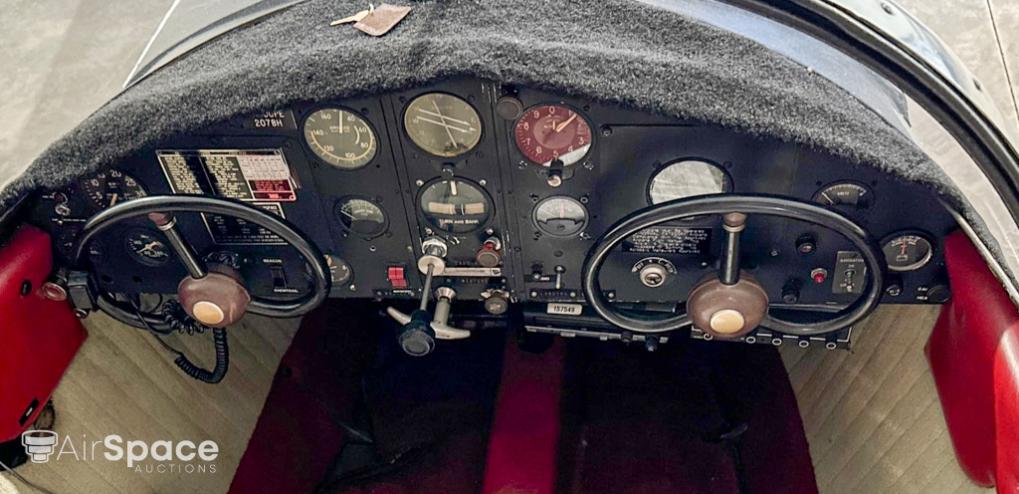
3. Metalized Wings:
The aircraft boasts metalized wings, adding durability and longevity to its structure. This feature is particularly noteworthy for enthusiasts who value a well-maintained and robust aircraft.
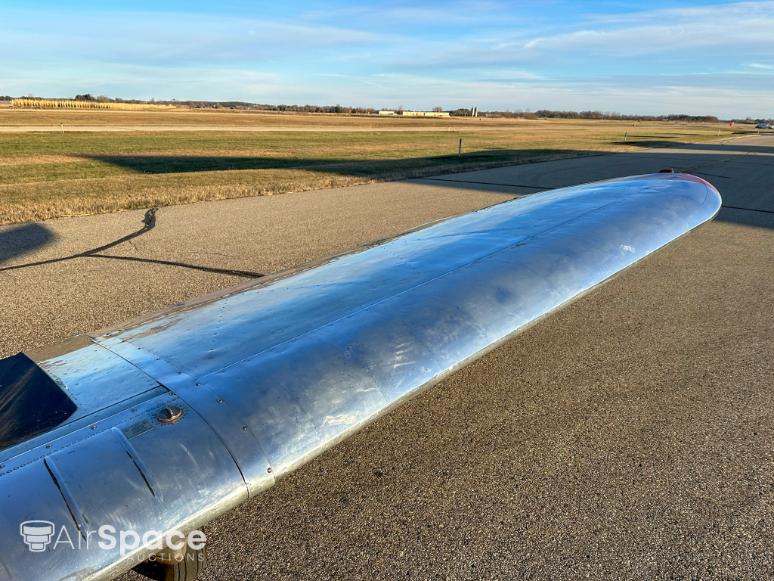
4. Engine Excellence:
Powered by a Continental C85-F engine with serial number 2889-6-12-C, the N2078H has a total time of 1890 hours, with the engine overhauled at 260 hours in August 1991. The engine’s compressions are within optimal ranges, ensuring reliable and efficient performance.
5. Sensenich Propeller:
Fitted with a Sensenich 2-blade, fixed-pitch wood propeller, the aircraft’s propeller specifications (S/N AB2033, Model W72GK-48, SPOH 560) contribute to its overall operational ease.

Exterior and Interior Excellence
The N2078H features a polished exterior with red-painted stripes, presenting a classic and eye-catching appearance. The top of the cowling is elegantly painted black, adding a touch of sophistication to the aircraft’s overall aesthetic. The interior is equally impressive, with red and white upholstered seats, red carpet, and white side walls. The overall condition of the interior speaks to the aircraft’s care and attention to detail.

Upcoming Auction Details
For enthusiasts eager to make the 1946 Ercoupe 415-C a part of their collection, an exciting opportunity awaits. The auction is scheduled from January 24 to January 31, 2024. The minimum bid for this classic aircraft is $5,000, with a buyer premium of 6%. A deposit of $2,000 is required to participate in this unique opportunity. The seller is also willing to assist the new owner in obtaining a ferry permit or arranging an annual inspection at the buyer’s expense.
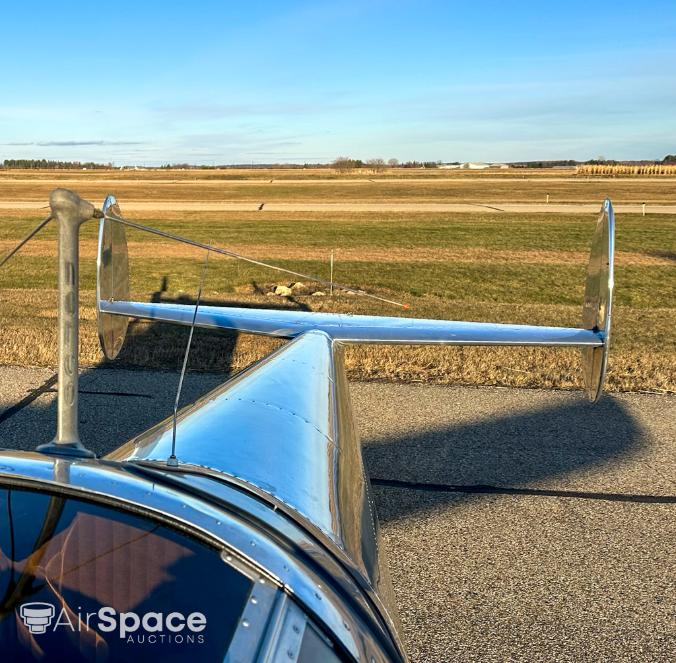
Conclusion
In conclusion, the 1946 Ercoupe 415-C exemplifies aviation history, showcasing a commitment to accessibility, innovation, and reliability. With its dual controls, advanced avionics, and distinctive design, this classic aircraft offers an unparalleled flying experience. As it prepares to find its new home through an upcoming auction, the N2078H represents not just an aircraft but a piece of aviation heritage that continues to inspire and captivate enthusiasts worldwide.

